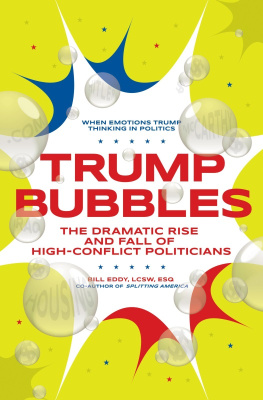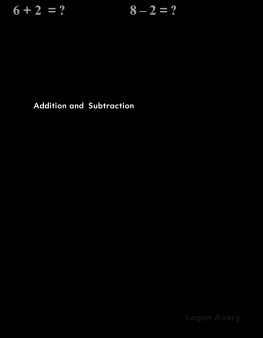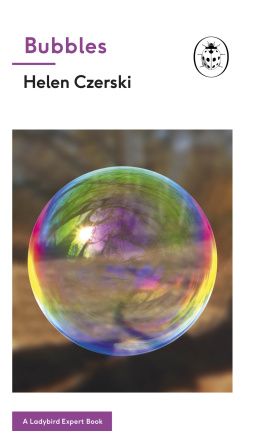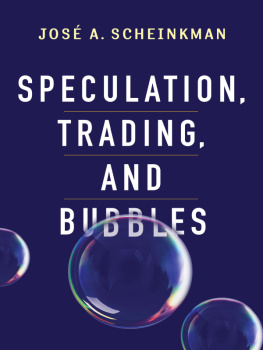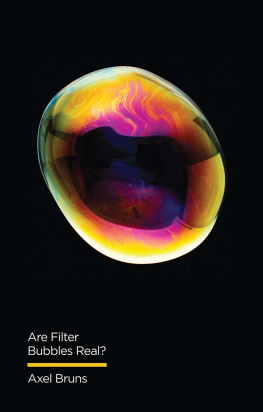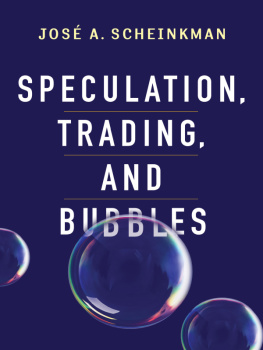Fizzics
Fizzics
The Science of Bubbles, Droplets, and Foams
F. RONALD YOUNG

2011 The Johns Hopkins University Press
All rights reserved. Published 2011
Printed in the United States of America on acid-free paper
2 4 6 8 9 7 5 3 1
The Johns Hopkins University Press
2715 North Charles Street
Baltimore, Mary land 21218-4363
www.press.jhu.edu
Library of Congress Cataloging-in-Publication Data
Young, F. Ronald.
Fizzics: the science of bubbles, droplets, and foams / F. Ronald Young.
p. cm.
Includes bibliographical references and index.
ISBN-13: 978-0-8018-9891-4 (hardcover)
ISBN-10: 0-8018-9891-9 (hardcover)
ISBN-13: 978-0-8018-9892-1 (pbk.)
ISBN-10: 0-8018-9892-7 (pbk.)
1. GasesPopular works. 2. BubblesPopular works. I. Title.
QC161.Y68 2011
530.4275dc22 2010045577
A catalog record for this book is available from the British Library.
Special discounts are available for bulk purchases of this book.
For more information, please contact Special Sales at 410-516-6936 or
specialsales@press.jhu.edu.
The Johns Hopkins University Press uses environmentally friendly book materials, including recycled text paper that is composed of at least 30 percent post-consumer waste, whenever possible. All of our book papers are acid-free, and our jackets and covers are printed on paper with recycled content.
To my grandchildren:
Nicholas, Antonia, and Joseph
CONTENTS
Color illustrations follow page 50
PREFACE
The flow of the river is ceaseless and its water is never the same. Bubbles that float in the pools break and vanish while others form to replace them. None of them lasts long. In this world, people and their dwellings are like that, forever changing.
Kamo no Chmei (11551216), Hjki
For many years I taught physics at Watford College, which is just a few miles north of the hustle and bustle of central London. Teaching has always been my chief love, but I was fortunate enough to be able to set up a research laboratory at the college, a place where we could explore cavitation. Over the years Ive lost track of the number of times Ive told peopleincluding fellow scientiststhat I investigate cavitation, only to see them look puzzled and ask, What exactly is cavitation? To answer that question, taking into account the complex underlying physics and mathematics, I wrote a book on the subject, back in 1989. (Summed up briefly, cavitation is the spontaneous formation of bubbles in a liquid.)
In more recent years, my attention has been captured by a relatedand bizarrephenomenon known as sonoluminescence. When a bubble in a liquid bursts, it can, under some circumstances, generate not only sound but an eerie blue light as well. This baffled many clever scientists, but eventually we came to understand what causes it. Again I wrote a book, aimed at researchers, to explain what we know about it.
Now, though, I want to tell a different story. Although cavitation and sonoluminescence are parts of that story, they are but small ones. I want to travel back to my childhood and remember how thoroughly I enjoyed blowing bubbles! Later I watched my children blow bubbles, still later my grandchildren. Bubble blowing joins the generations togetherand, notwithstanding television, computers, the Internet, and all manner of other marvels still to be inventedit probably always will. I want my grandchildren to grow up feeling some of the delight, and mystery, that science can hold. To help them along the way, I thought Id write a book about bubbles and their closely related cousins, the droplets and foamsa book that many people can easily understand, a book that presents no mathematics or complex formulas but rather tries to share the joy of bubbles, both in nature and in the laboratory. One of the few formulas in the book is a recipe for a soap mixture that produces big, long-lasting bubblesI hope you will try it.
This book is brief, and each chapter is quite short. The books brevity, combined with its copious illustrations, should make it understandable to most everyone, including readers with little or no scientific or mathematical knowledge.
The prologue offers a rapid introduction to the five different types of bubble, as distinguished by centuries of study. explains foams, ranging from the head on a glass of beer to the fire-fighting foam used to smother the engines of crashed aircraft to prevent flames from spreading beyond.
describes how humpback whales use bubbles to cast nets and catch fish.
explores my former field of research, sonoluminescencethe bluish-white light sometimes produced when bubbles in liquids collapse. Although humans can create this phenomenon in a laboratory, well see how the snapping shrimp uses it to knock unconscious the other small marine creatures that it wants to eat.
The final chapter shows how the humble bubble plays a literally vital role in medicine. Here we look at decompression sickness, bubblesgood and badin the human blood system, and how bubbles can be used to treat kidney stones or clean teeth.
Books are rarely written single-handedly. For help in producing this book, I would like to thank Robert Young, Michael Postema, Timothy Leighton, Ann Pantling, Paul Evans, Christine Foucault, Grant Romain, Neil Ferguson, and many others. I am much indebted to Anne Hartley for typing the manuscript with speed and great accuracy and to Greg Nicholl of the Johns Hopkins University Press for drawing the admirably clear diagrams.
A special tribute of thanks is due to Professor Detlef Lohse and Dr. Cyril Isenberg, who read the manuscript and made many informative suggestions. Dr. Isenberg, whose own book on bubbles stands as a model for us all, also kindly supplied a CD containing reproductions of paintings involving bubbles, which proved to be useful. Professor Denis Weaire, a leading authority on foams, commented helpfully on , which led to Professor Jan Cilliers supplying me with authoritative information on the processing of minerals.
Finally, I owe an enormous debt of gratitude to Trevor Lipscombe, my editor at the Johns Hopkins University Press. Without his generous help at every stageand particularly during the past yearthis book would never have seen the light of day.
Prologue
Im forever blowing bubbles,
Pretty bubbles in the air.
They fly so high,
Nearly reach the sky,
Then like my dreams, they fade and die.
Fortunes always hiding,
Ive looked everywhere,
Im forever blowing bubbles,
Pretty bubbles in the air.
Joan Kenbrovin
and John William Kellete,
Im Forever Blowing Bubbles
A bubble has the perfect shapeat least according to the Ancient Greeks. Aristotle, tutor to the warrior king Alexander the Great, spent a few pages of his book On the Heavens discussing the superiority and perfection of the sphere, the shape he used to construct his model of the universe. And in an ideal universe, a bubble is a simple sphere. It has no corners, no edges, and just one number, its radius, which completely describes it. And this beautiful, spherical shape is stable. A bubble wants to be a bubble.
Bubbles are part of everyday life. They whiz and fizz in a glass of soda, and a bubble bath soothes away the aches of a working day. But bubbles can bring life or death: a large bubble trapped in a blood vessel, an embolism, can be fatal. A diver who surfaces too swiftly after a deep dive may be in for trouble. Any excess nitrogen dissolved in the divers blood (the air we breathe is four-fifths nitrogen) may start to form bubbles in the bloodstream, producing the agonizing pains known as the bends.
Next page

